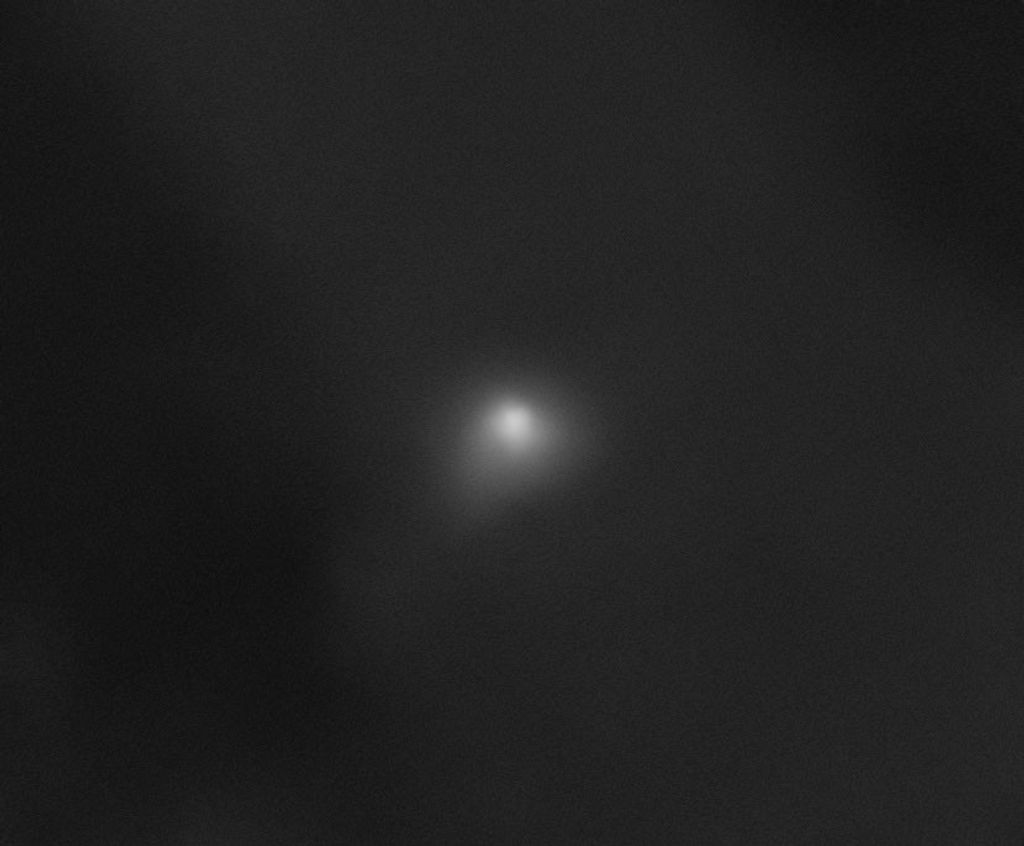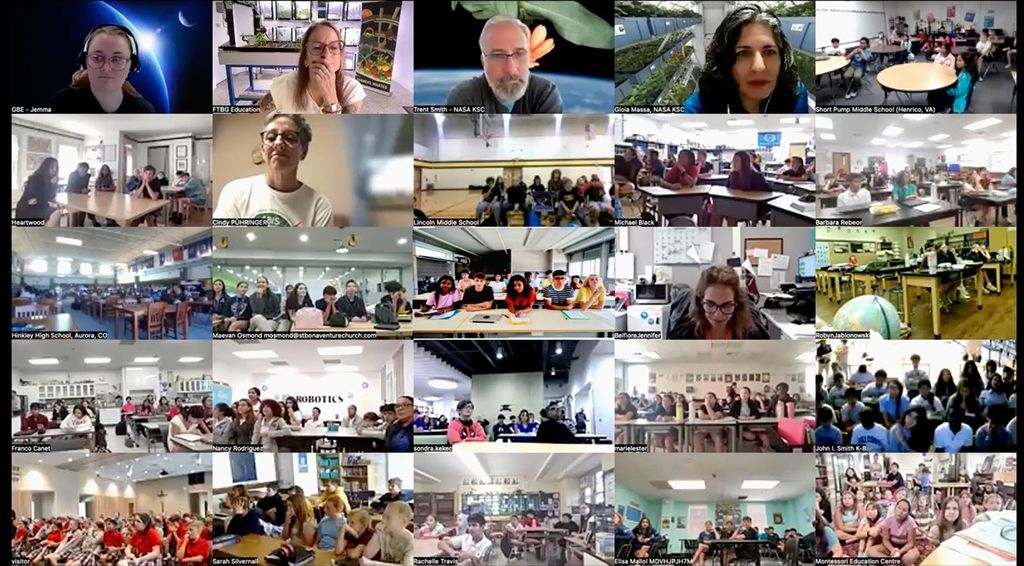With gyroscopes communicating their spin direction to the SQUIDs, scientists still needed something to serve as a reference point for the gyroscope spin direction. The solution was a fused quartz telescope 14 inches in length with a 5.6-inch aperture referenced to a guide star, IM Pegasi (HR 8703). This design evolved from a traditional Cassegrainian astronomical telescope which, with folded optics, allowed for a focal length of 12 feet 6 inches. The cryogenic conditions provided by the liquid helium environment inside the spacecraft provided the telescope with incredible pointing stability.
Image credit: Stanford University/Barron Storey





























